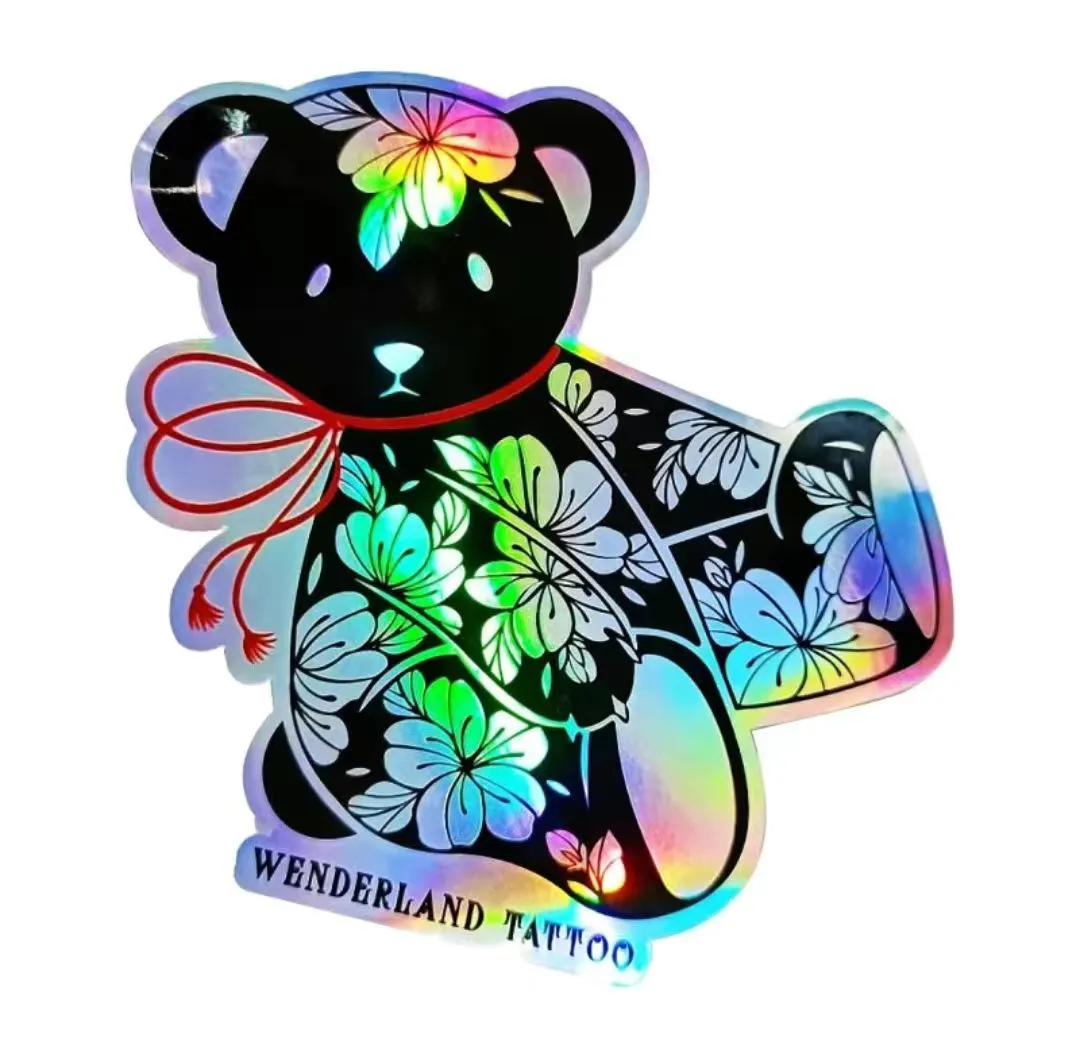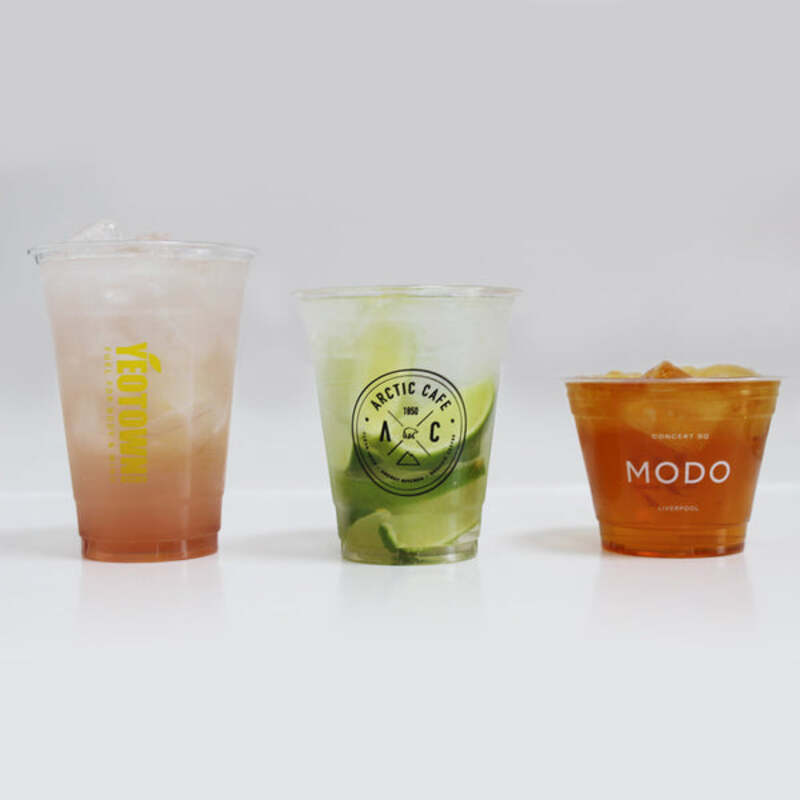

Sustainability is increasingly at the forefront of consumer concerns, and modern cling wraps are evolving to meet these demands. Biodegradable and compostable wraps are now emerging in the market, providing environmentally conscious alternatives to traditional wraps. These innovative products cater to eco-aware consumers, thereby enhancing brand association with sustainability and potentially increasing customer loyalty. As consumers continue to push for greener solutions, businesses adopting and promoting such alternatives could find themselves at a competitive advantage. When considering safety, it's reassuring to know that cling wrap is subject to rigorous quality standards and regulatory approvals, ensuring it meets health and safety criteria. For example, BPA-free formulas and microwave-safe options are available, catering to those concerned about chemical leaching and food safety during reheating processes. These assurances bolster consumer trust and confidence, imperative in today’s health-conscious market. On the home front, countless consumers rely on cling wrap for everyday food storage. Families find that using cling wrap can simplify meal prep and planning. By wrapping individual portions securely, it is easy to maintain portion control, prevent cross-contamination, and facilitate quick reheating. This practicality proves especially valuable for those with busy schedules seeking convenience without compromising on food quality. In summary, the utility of cling wrap extends far beyond its initial function. It's a tool that enhances food longevity, supports sustainability initiatives, and improves operational efficiencies, all while maintaining safety standards. Whether in a bustling restaurant kitchen or a home pantry, its role is paramount in supporting modern food storage needs. As innovations continue within this product category, cling wrap stands to become even more integral to sustainable living and efficient food management practices.



